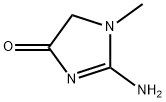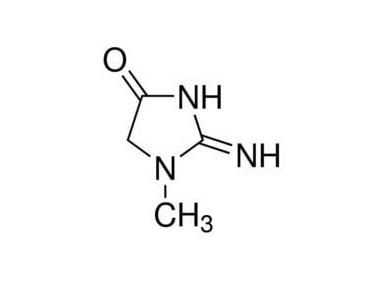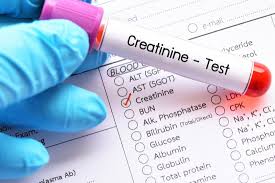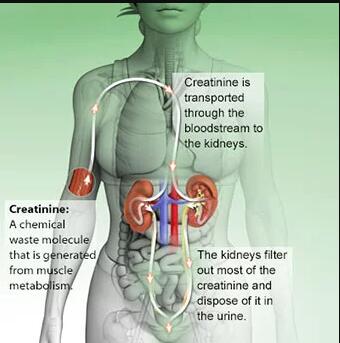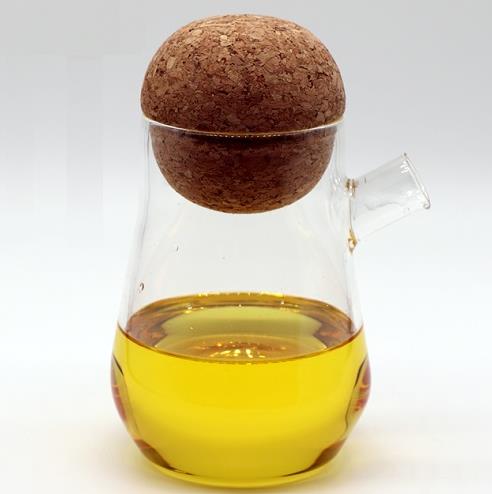Creatinine: A Key Compound in Biochemical Research
Background
Creatinine is a breakdown product of phosphocreatine in muscles, typically produced by the human body at a fairly stable rate. Creatinine synthesis is mainly carried out in the liver through methylation of glucose cyanamide (acetic acid guanidine, and in the kidneys through arginine and glycine). Then, it is transported through the bloodstream to other organs, muscles, and the brain, where it becomes high-energy complex phosphocreatine through phosphorylation. During the reaction process, Creatinine and phosphocreatine are catalyzed by Creatinine kinase and may undergo spontaneous conversion to creatinine. The creatinine levels in blood and urine can be used to calculate the creatinine clearance rate, which reflects the glomerular filtration rate and is an important clinical indicator of renal function. Creatinine is metabolized by human muscles to detect sperm quality. If fertility is considered normal, Jinshuibao capsules can improve renal blood flow and maintain renal tubular function. Creatinine is a nitrogen-containing metabolic end product, a product of muscle creatine breakdown metabolism, and a relatively small molecule distributed in the body's water. Over the years, various creatinine testing methods have been continuously developed. Most of the currently used ones are automated and can provide clinically reliable and reproducible results.
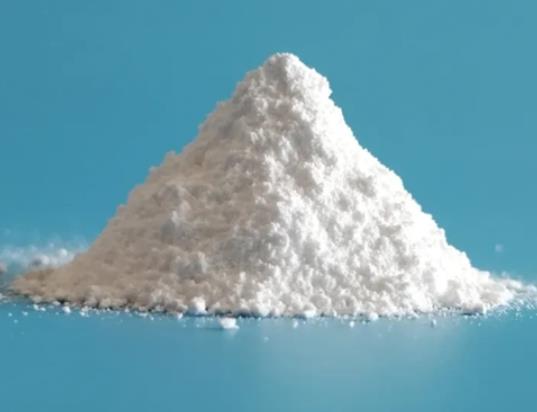
Figure 1 Characteristics of Creatinine
Technology
The Jaff é reaction in 1886, which treated creatinine with an alkaline picrate solution to produce a red complex, remains the basis for the most commonly used creatinine measurement method. This reaction is non-specific and can be interfered with by many noncreatinine chromogenic agents, including acetone, acetoacetic acid, pyruvic acid, ascorbic acid, glucose, cephalosporins, barbiturates, and proteins. It is also sensitive to changes in pH and temperature. Nowadays, most clinical laboratories are using one or another of various modifications aimed at eliminating these sources of errors. For example, recent modifications to the kinetic rate form the basis of the Astra modular system, which separates brief time intervals during which only true creatinine can form total color.[1]
We have also developed more specific non-Jaff é detection methods. One of them is the automatic dry sheet enzyme method, which can measure the ammonia produced by creatinine through creatinine aminohydrolase. It is strongly recommended that clinical laboratories routinely use its simplicity, accuracy, and speed. Only 5-fluorocytosine significantly interfered with the experiment.
Creatinine must be measured in plasma or serum, not in whole blood, as red blood cells contain a large amount of non-critinine color reagents. To minimize the conversion of creatine to creatinine, the specimen must be kept as fresh as possible and maintained at a pH of 7 during storage.
Formation of creatinine
The formation of creatinine begins with the conversion of arginine to glycine, forming glycosaminoglycans or guanidinoacetic acid (GAA). This reaction mainly occurs in the kidneys, but also in the mucosa of the small intestine and pancreas. GAA is transported to the liver where it is methylated by S-adenosylmethionine (SAM) to form creatine. Creatine enters the circulation, of which 90% is absorbed and stored by muscle tissue. In the reaction catalyzed by creatine phosphokinase (CPK), most muscle creatine is phosphorylated to phosphocreatine. Every day, about 2% of these stored substances are converted into creatinine in a nonenzymatic and irreversible manner.
Therefore, the production of creatinine reflects lean body mass. Because the quality changes very little every day, the productivity is quite stable. The production of absolute creatinine decreases with age, which is consistent with the decrease in muscle mass. Unlike urea, creatinine is largely unaffected by gastrointestinal bleeding or catabolic factors such as fever and steroids. However, consuming cooked meat can increase sCr, as cooking converts creatine in the meat into creatinine. Some drugs, especially psychoactive finasteride, can increase productivity.
In vitro activity
Creatinine is a breakdown product of phosphocreatine in muscles, typically produced by the human body at a fairly stable rate. The creatinine levels in blood and urine can be used to calculate the creatinine clearance rate, which reflects the glomerular filtration rate (GSF), an important clinical indicator of renal function.
Creatinine is a valuable screening test for evaluating kidney disease. Although they may not be sufficient as absolute indicators of kidney function at any given time point, they help track disease progression.[2]
References:
[1] KIANOUSH KASHANI M O Mitchell H Rosner. Creatinine: From physiology to clinical application[J]. European Journal of Internal Medicine, 2020, 72: 1-108. DOI:10.1016/j.ejim.2019.10.025.You may like
Related articles And Qustion
See also
Lastest Price from Creatinine manufacturers

US $1.00/KG2025-06-27
- CAS:
- 60-27-5
- Min. Order:
- 1KG
- Purity:
- 99%
- Supply Ability:
- 10 mt
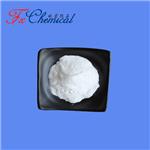
US $0.00-0.00/kg2025-04-21
- CAS:
- 60-27-5
- Min. Order:
- 1kg
- Purity:
- 98.5%-102.0%
- Supply Ability:
- 2000kg
